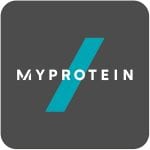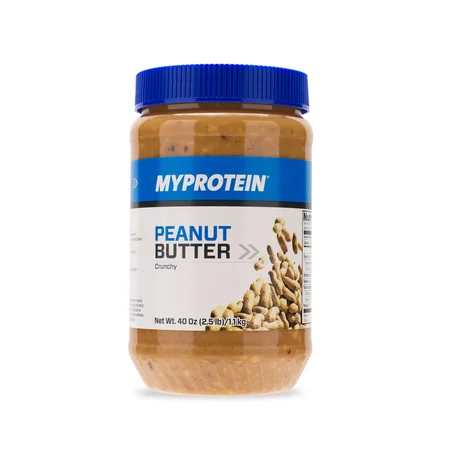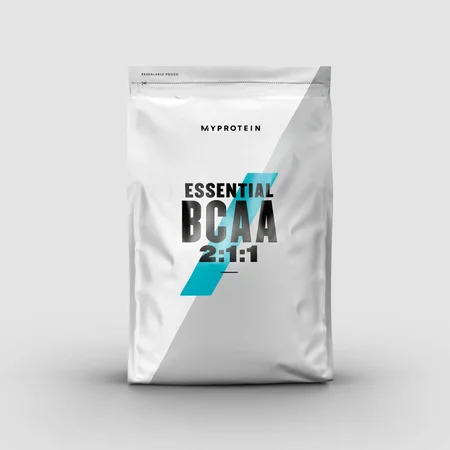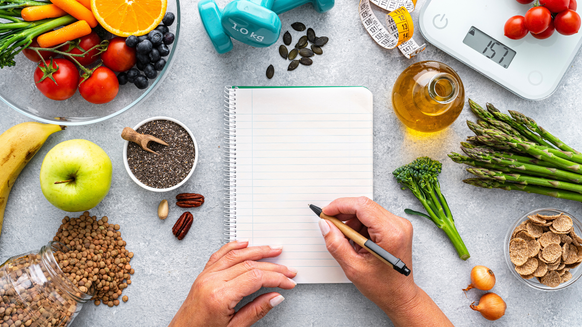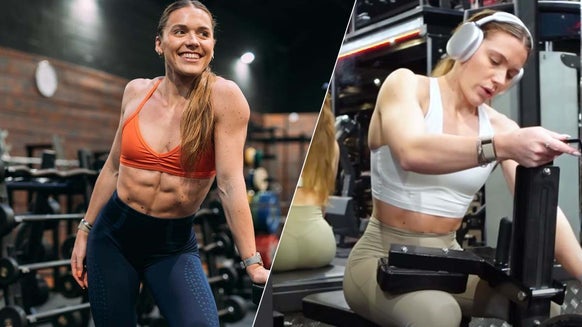
Combination lifts are a great way to shed pounds and induce a conditioning effect to your resistance training routine. Combination lifts utilize two or more free weight exercises in a series with no rest or change in load between exercises, and are typically multi-joint exercises that recruit a large amount of muscle mass. In recent times combination lifts have been referred to as a complex with the implement being used, for example barbell complex. Utilizing barbell complexes is the most advanced way to utilize combination lifts.
Barbell Complexe
Below is a list of barbell complexes to be followed in order from top to bottom. The exercise wherein you would normally lift the least dictates how much load is on the bar the load remains unchanged - for example in Complex A this is the upright row, so if you can only row 115 lbs for the prescribed repetitions then that is the load you will use for the following exercises. Each exercise will be completed in a series non-stop without rest in between exercises, then once each exercise is completed and the entire barbell complex is completed you may rest.
Each exercise should be done with a maximum of 5 repetitions and each complex should be completed for 3-5 sets. All repetitions for each exercise are to be completed before moving onto the next exercise in the complex. Rest anywhere in between 2-5 minutes in between sets.
Each exercise should be completed with little rest in between and without losing grasp of the barbell. Each complex is designed to move from exercise to exercise with non-restrictive flow to the series, for example in Complex C after the final rep of the overhead press the bar will be brought behind the neck to initiate the back squat exercise. Strive to complete the entire complex without putting the barbell down with exception to the exercises that be gin from the floor.
Below is a sample 16-week complex program to follow:
Complex Lift Definitions
Upright Row: utilizing the same grip that you would for the clean exercise (just outside shoulder width) pull the bar with the elbows pointing straight up until the bar reaches at minimum the level of the lower sternum.Clean: The Clean or Squat Clean consists of moving the bar from the floor to the shoulder level in the rack position with elbows high out in front of the chest. The object is to catch the bar in the bottom full squat position if the bar is caught in the power (quarter squat) position squat all the way down. The power Clean in Complex C will be caught high in the quarter squat position without adding a full squat.Power Snatch: The Power Snatch consists of moving the bar from the floor to an overhead position in one movement the catch will be overhead in a quarter squat position without squatting all the way down. This exercise is typically done with a wide grip extending close to the bars collars; however, it can be done with a clean grip as described in complex A.
Back Squat: the Back Squat is a full squat with the bar placed behind the neck supported by the trapezius in a high bar position.Neck Push Press: The Neck Push Press begins with the bar placed behind the neck just like the back squat position the hips will dip and drive with a forceful triple extension to aid the bar in being pressed overhead. This can also be done with a snatch grip option as seen in complex B.Bent-Over Row: with the bar held in the hang position just below the hips the trunk is bent forward until the torso parallel with the floor the bar will be pulled into the abdomen if the torso is 90 degrees. If the torso is held above 90 degrees than pull the bar just below the lower sternum.Deadlift: The Deadlift consists of pulling the bar from the floor to the hang position just below the hips. This exercise can be done with a wide snatch grip as described in barbell complex B.Snatch High Pull: With a Snatch grip the bar is pulled from the floor to the point at or above the chest much like the upright row.Overhead Squat: the Overhead Squat is a Squat with the bar held overhead typically with a wide snatch grip.Overhead Press: the Overhead Press exercise will be done from the front rack position to pressing overhead.Good Morning: the Good Morning exercise will be done with bar held behind the neck just like the back squat position. Flex the trunk forward until the trunk is approximately 90 degrees parallel from the ground. RDL: the Romanian Deadlift or RDL is a deadlift variation with the bar held in the hang position flex the trunk forward until
the trunk is about 90 degrees parallel with the floor. Try not to touch the bar to he floor or bounce off the floorTake-home Message
Combining several multi-joint lifts in a series will enhance the cardiac benefit of the resistance training program, and his style of resistance training can increase excess post-exercise oxygen consumption (EPOC). Research has shown that EPOC may be the result of energy restoration processes that maintain homeostasis such as restoration of adenosine triphosphate (ATP) creatine phosphate (CP), and increased ventilation, heart rate, body temperature, substrate utilization, and fatty acid utilization. Research has shown that multi-joint exercises that recruit a large amount of muscle elicit a greater acute metabolic response than single joint isolation exercises.

